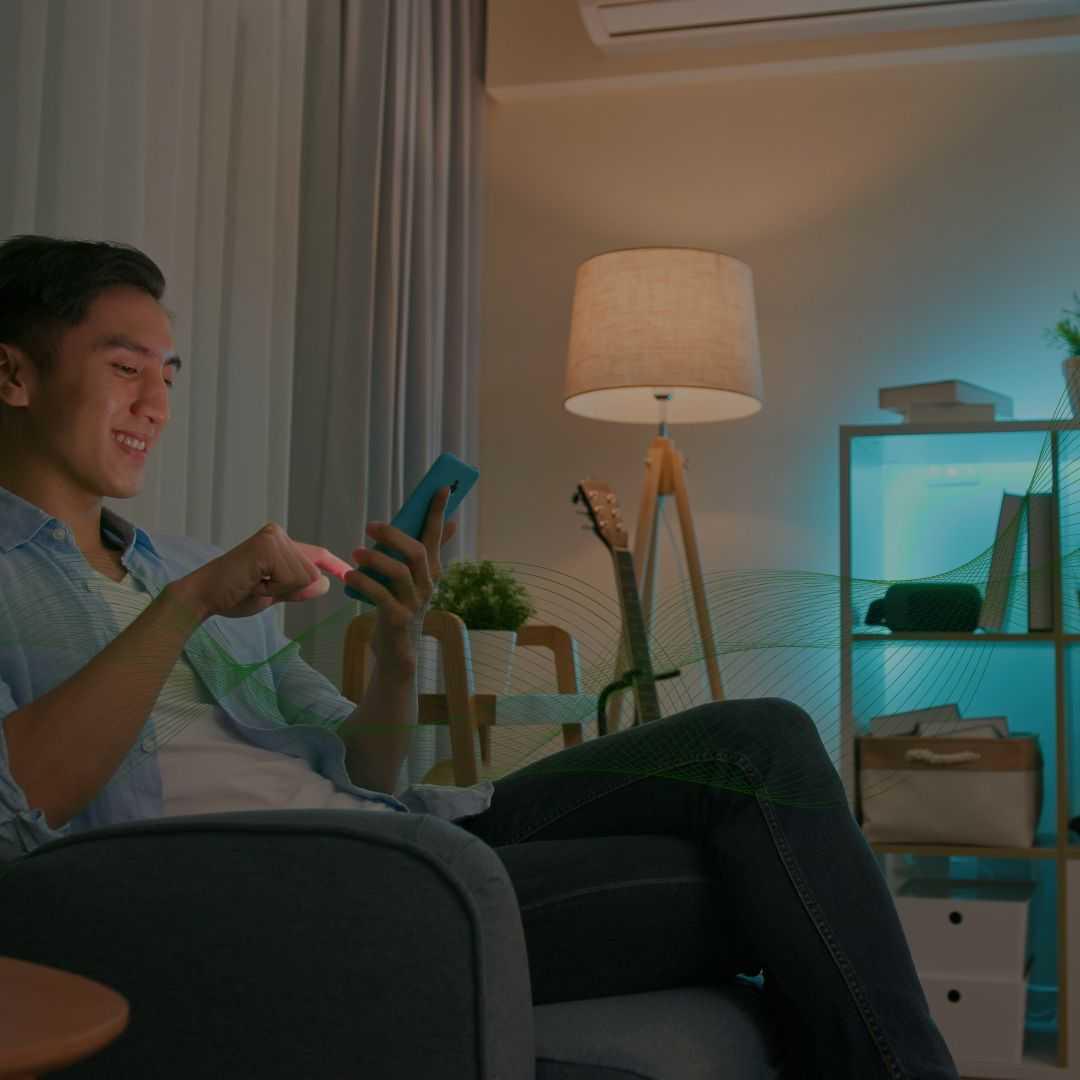In today's competitive rental market, technology-driven amenities have evolved from luxury add-ons to essential features that drive tenant satisfaction, operational efficiency, and property value. Recent data from the 2024 Design Survey Report by Greystar reveals how profoundly technology is reshaping the rental housing landscape and influencing renter decisions.
What Modern Renters Want: Technology Priorities and Premiums
The Greystar survey reveals precise data about renter preferences and their willingness to pay for specific technologies:
Controlled Community Access:
-
27% of respondents will not rent without this feature
-
51% express strong interest
-
Commands the highest technology premium at $70 monthly
Smart Access Systems:
-
Keyless smart locks generate a $77 premium, the highest among technology amenities
-
12% consider them essential for renting
-
61% show strong interest in the feature
Network and Connectivity:
-
Community Wi-Fi in common areas can command a $47 premium
-
Private Wi-Fi networks that follow residents throughout the community generate $56 in premium
-
Wi-Fi-enabled video doorbells interest 59% of respondents
-
Smart thermostats appeal to 62% of residents, with a $52 premium potential
These preferences translate into clear investment priorities for property owners:
Access and Security Systems:
-
Smart locks with keyless entry and temporary access codes
-
Video doorbells and surveillance systems
-
Automated gate access for parking areas
-
Package management systems with secure lockers
Energy Management Solutions:
-
Smart thermostats with learning capabilities
-
Automated lighting systems
-
Energy consumption monitoring and reporting
-
Smart window blinds for climate control
Property Protection Technologies:
-
Water leak detection sensors
-
Smart smoke and CO detectors
-
Advanced HVAC monitoring systems
-
Automated maintenance alerts
Resident Convenience Features:
-
High-speed internet infrastructure
-
Building-wide Wi-Fi coverage
-
Smart appliances with mobile connectivity
-
Digital payment and service request platforms
Investment Case: ROI and Operational Efficiencies
For property owners focused on ROI, Multi-Housing News' article reveals compelling financial benefits. Smart thermostats and lighting systems deliver 30% lower annual utility costs on average, directly improving NOI. More significantly, preventative technologies like smart leak sensors and smoke/CO alarms reduce water damage repair costs by 70-90%.
With the average multi-unit leak remediation costing $12,000 and occurring 4-5 times yearly, water detection systems alone can save properties up to $60,000 annually.
Insurance costs present another opportunity for savings. Properties implementing comprehensive smart technology systems can reduce annual insurance premiums by up to 10%, with some carriers offering additional discounts of up to 50% on smart device installations.
Operational Benefits and Staff Efficiency
Property managers are discovering that smart technology creates operational efficiencies that address current staffing challenges. The trend toward "centralized" leasing models, supported by smart access systems, has led to a 63% increase in self-guided tours, according to Multi-Housing News. This shift not only reduces staffing requirements but also meets growing renter preferences for autonomous property viewing.
Smart locks provide a prime example of operational cost reduction. By eliminating re-keying expenses ($50-$100 per unit turnover), these systems generate significant savings while enhancing security and resident satisfaction. For larger properties, these savings compound substantially across multiple units and years.
Market Positioning and Revenue Potential
The investment thesis for smart technology amenities is strengthened by clear market trends. Industry projections cited by Multi-Housing News indicate the U.S. smart home market will reach $38.8 billion in 2024 and grow to $55 billion by 2028, reflecting a 9% annual growth rate. Properties equipped with comprehensive smart features command premium rents, with data showing renters willing to pay $37.65 more in monthly rental rates. Additionally, these technologies can drive a 3-5% increase in property value, delivering an average 30% ROI.
Strategic Implementation for Property Owners
For multifamily owners and investors considering technology upgrades, a phased implementation approach often proves most effective:
-
Begin with high-impact, low-complexity installations like smart locks and thermostats
-
Prioritize infrastructure improvements that support future technology integration
-
Focus on amenities that reduce operational costs while enhancing resident experience
-
Monitor adoption rates and resident feedback to guide future investments
An article by Building Design + Construction confirms that luxury multifamily properties successfully differentiating themselves are those taking a comprehensive approach to technology integration. By aligning technology investments with both operational efficiency goals and resident preferences, property owners can maintain market leadership while building long-term asset value.
For multifamily owners and investors, the message is clear: strategic investment in smart technology is no longer optional but essential for maintaining competitive advantage in today's market. Properties that successfully integrate these technologies are positioning themselves for stronger occupancy rates, higher rents, and improved operational efficiency in an increasingly competitive multifamily landscape.
Related Articles:
- Top Apartment Amenities Tenants Want Most in 2025 (Property Manager Insider)
- The Multifamily Resident-Centric Revolution (RealPage)
- Tech Marches Forward (National Apartment Association)


